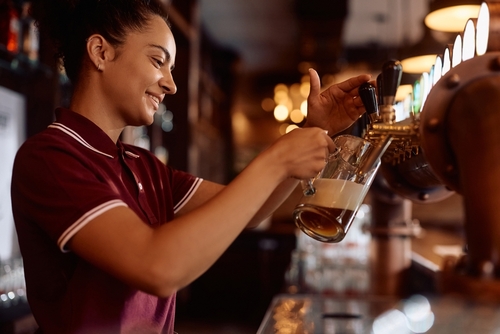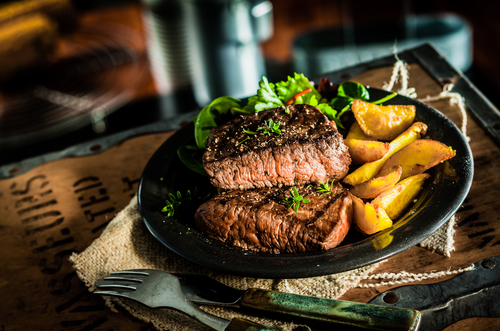Dreaming of running a pub? One of the first things to consider is what kind of pub you want to run. Are you a foodie with fledgling dreams of tantalising the tastebuds of the local community or building a dining destination? Or are you the wet-led trailblazer with an eye for entertainment and pulling the perfect pint?
For first-time pub owners, this decision is critical. The model you choose — wet-led or food-led — will shape everything from your customer base and staffing to your business plan and marketing strategy. Let’s explore the two options and weigh up which might be the best fit for you.
What Is a Wet-Led Pub?

A wet-led pub focuses mainly on drinks sales. These are often traditional community locals, built around beer, spirits, and social atmosphere rather than a dining offer.
Strengths of wet-led pubs:
-
Lower start-up costs (no need for large kitchens or chef teams).
-
Strong community loyalty if managed well.
-
Easier to run solo or with a small team.
-
Flexibility to drive trade with entertainment (live music, quizzes, sport).
Challenges of wet-led pubs:
-
Reliance on alcohol sales, which can fluctuate.
-
Margins are lower compared to food.
-
Vulnerable to changes in licensing or consumer drinking habits.
Wet-led pubs work well for owners who thrive on sociability, atmosphere, and being at the centre of a community.
What Is a Food-Led Pub?

A food-led pub puts dining at its core. These pubs may be rural inns, tourist hotspots, or town-centre gastropubs, attracting customers looking for meals rather than just drinks.
Strengths of food-led pubs:
-
Higher profit margins on food sales.
-
Wider customer base (families, tourists, groups).
-
Opportunities to become a destination venue.
-
Easier to upsell drinks alongside food.
Challenges of food-led pubs:
-
Higher start-up and running costs (kitchen, staff, suppliers).
-
Greater complexity in management.
-
Food trends and customer expectations change quickly.
-
Staffing shortages in catering can be a risk.
Food-led pubs are a good match for operators with a passion for hospitality, dining, and creating memorable experiences.
Hybrid Pubs: The Best of Both Worlds?
Many successful pubs operate as hybrids — combining strong drinks sales with a reliable food offer. This model spreads risk and appeals to a wider audience, though it requires careful balance to avoid stretching resources too thin.
For example:
-
A market-town pub might serve hearty food during the day, then shift to live entertainment and drinks in the evening.
-
A village inn might draw walkers in with Sunday roasts, then retain them as regulars in the bar during the week.
Which Model Is Best for New Owners?
The “best” pub model depends on your skills, budget, and location:
-
Choose wet-led if you’re looking for lower overheads, want to run a smaller team, and enjoy being at the social centre of a community.
-
Choose food-led if you have catering experience (or the ability to hire it), want higher margins, and see your pub as a dining destination.
-
Consider hybrid if your location allows you to attract both locals and visitors, and you have the resources to manage both sides effectively.
The most important factor is alignment between your vision and the pub’s setting. A sleepy village pub with no kitchen might thrive as a wet-led local; a rural coaching inn on a busy walking route might only reach its full potential with a food-led approach.
Final Pour
Running a pub is a dream for many, but success depends on choosing the right model from the start. Whether you’re pouring pints in a lively bar or plating up Sunday roasts in a countryside inn, your choice shapes not just your business — but your lifestyle too.
📞 For advice on finding the right pub model for you, contact James Boshier at Everard Cole:
0113 450 8558 / 07919 058921
james@everardcole.co.uk